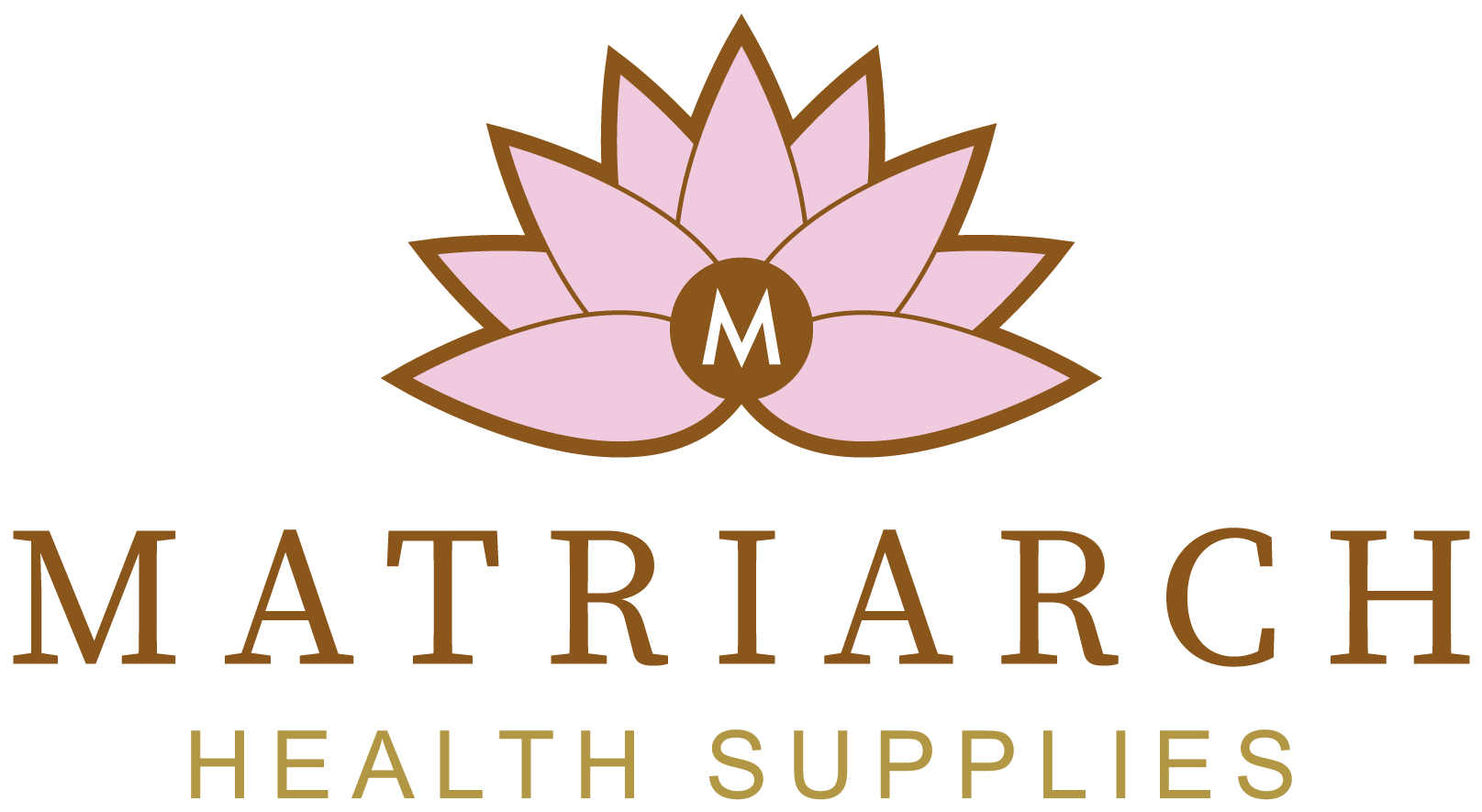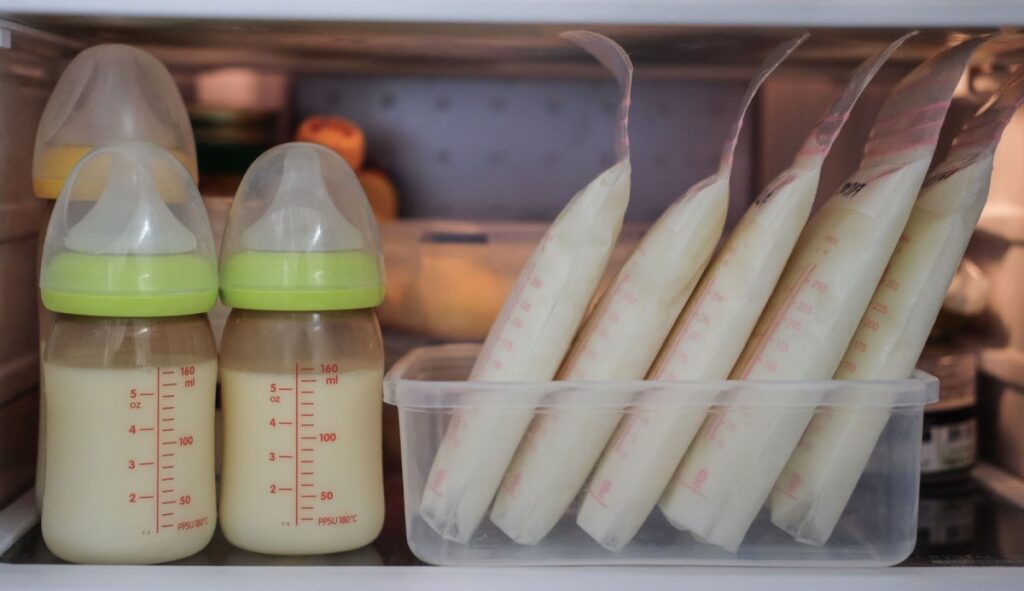
Breast milk is often called “liquid gold” for a reason—it’s packed with nutrients and antibodies that help your baby thrive. To make sure your stored milk stays safe and nutritious for your little one, it’s important to follow proper handling and storage practices. Here are some easy-to-follow tips, based on guidelines from the CDC, to help you store your breast milk safely.
1. Wash Your Hands Before Handling Breast Milk
Always wash your hands with soap and water before pumping, expressing, or handling breast milk. Clean hands help prevent the spread of germs that could contaminate your milk. If soap and water aren’t available, use a hand sanitizer with at least 60% alcohol.
2. Use Clean, Safe Containers
Choose the right storage containers to keep your milk fresh:
- Breast Milk Bags: Single-use, sterile bags designed specifically for storing breast milk.
- Glass or BPA-Free Plastic Containers: Ensure they have a tight-fitting lid.
Never use ordinary disposable bags or containers not meant for breast milk, as they may not prevent leaks or contamination.
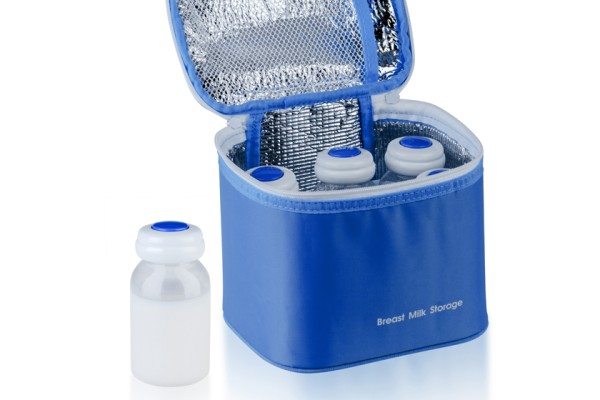
3. Label Your Milk
Always label your storage container with:
- The date and time the milk was expressed.
- Your baby’s name (if storing milk for daycare or another caregiver).
This helps ensure you use the oldest milk first and keeps things organized when multiple bottles or bags are in storage.
4. Follow Proper Storage Times
Here’s a quick reference guide to breast milk storage:
| Storage Location | Storage Time |
| Room Temperature (77°F or cooler) | Up to 4 hours |
| Refrigerator (40°F or cooler) | Up to 4 days |
| Freezer (0°F or colder) | Best within 6 months; acceptable up to 12 months |
Keep in mind: When in doubt, it’s better to discard milk than risk giving your baby contaminated or unsafe milk.
5. Cool Milk Before Combining
If you plan to combine milk from different pumping sessions, cool the freshly expressed milk in the refrigerator first. Once it’s chilled, you can combine it with other previously refrigerated milk. This prevents warm milk from warming up already-cooled milk, which can lead to bacteria growth.
6. Freeze Milk in Small Portions
Freeze milk in 2- to 4-ounce portions. This helps minimize waste, as you can thaw only what your baby needs for each feeding. For larger quantities, consider dividing the milk into smaller amounts before freezing.
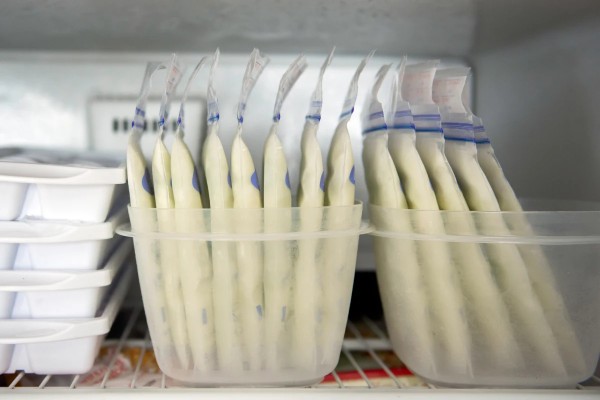
7. Store Milk in the Back of the Fridge or Freezer
Place breast milk containers at the back of the refrigerator or freezer, where temperatures are most consistent. Avoid storing milk in the door, as frequent opening can cause temperature fluctuations.
8. Thawing Breast Milk Safely
When it’s time to use frozen milk, follow these steps:
- In the Refrigerator: Thaw frozen milk overnight in the fridge. Use it within 24 hours once fully thawed.
- Under Warm Running Water: Hold the container under warm (not hot) water to thaw milk quickly.
- Avoid Microwaves or Boiling Water: These can create hot spots that might burn your baby and degrade milk nutrients.
9. Don’t Refreeze Thawed Milk
Once breast milk has been thawed, it should never be refrozen. Use any thawed milk within 24 hours if stored in the refrigerator.
10. Clean Pump Parts Thoroughly
After every use, wash all pump parts that come into contact with milk. Use soap and hot water, then allow the parts to air-dry completely. This prevents bacteria from contaminating your next pumping session.
Final Thoughts
Proper storage of breast milk helps ensure your baby gets all the nutritional benefits while keeping them safe from potential contamination. By following these simple tips, you can make the most of your “liquid gold” and provide your little one with the best start in life.
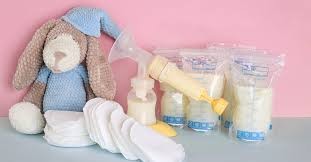
If you have any questions or need further guidance, Matriarch Health Supplies is here to help. Contact us for expert advice or explore our selection of breast milk storage bags and accessories to make storing your milk even easier.
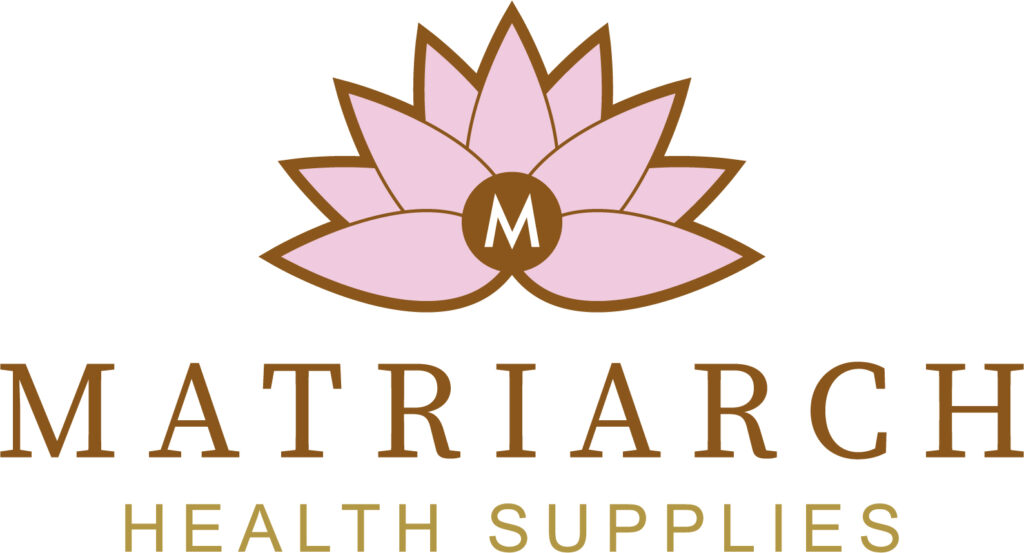
Source: Centers for Disease Control and Prevention (CDC). (2022). How to Keep Your Breast Milk Safe: Tips for Storing and Handling Breast Milk. Retrieved from
https://www.cdc.gov/breastfeeding/pdf/preparation-of-breast-milk_h.pdf.
